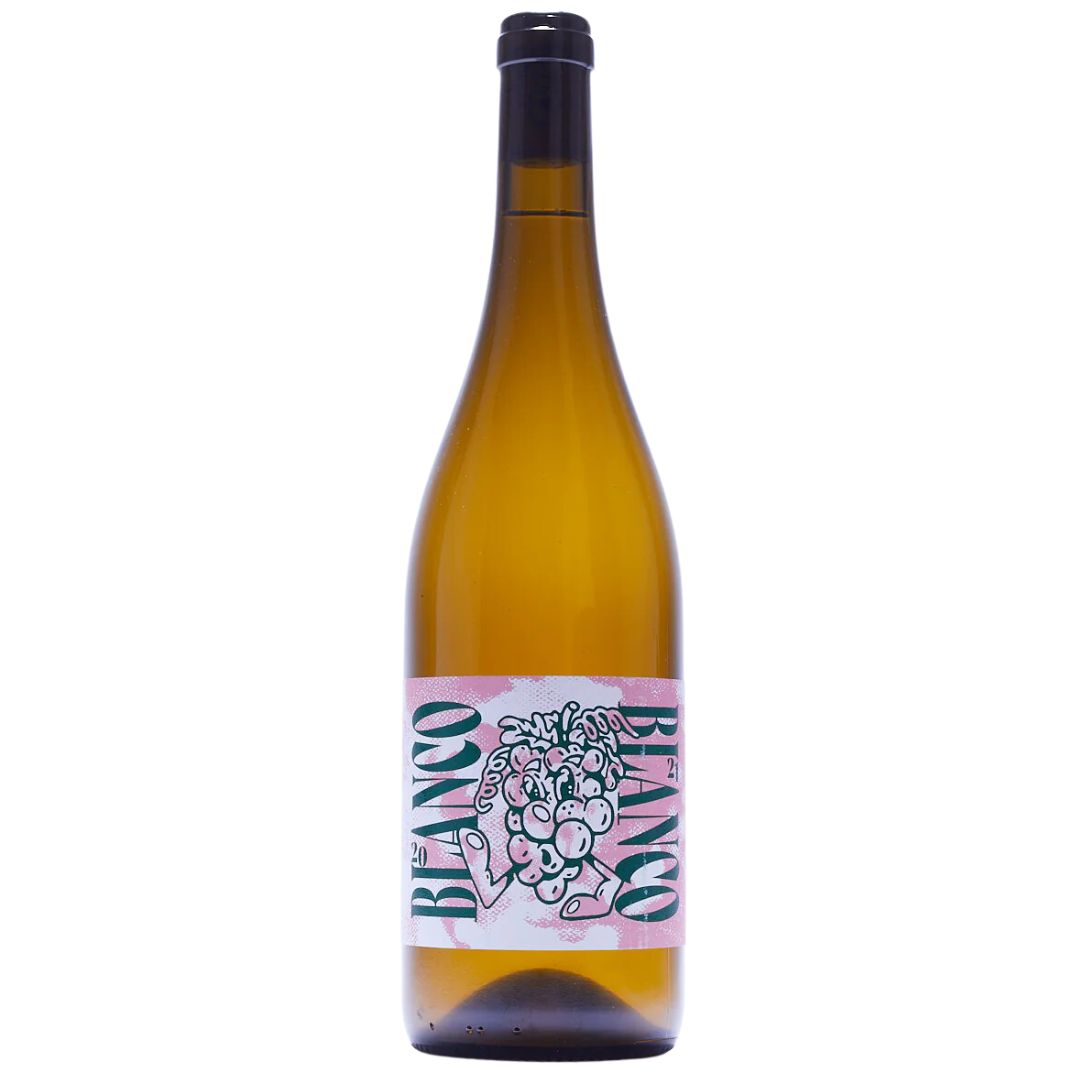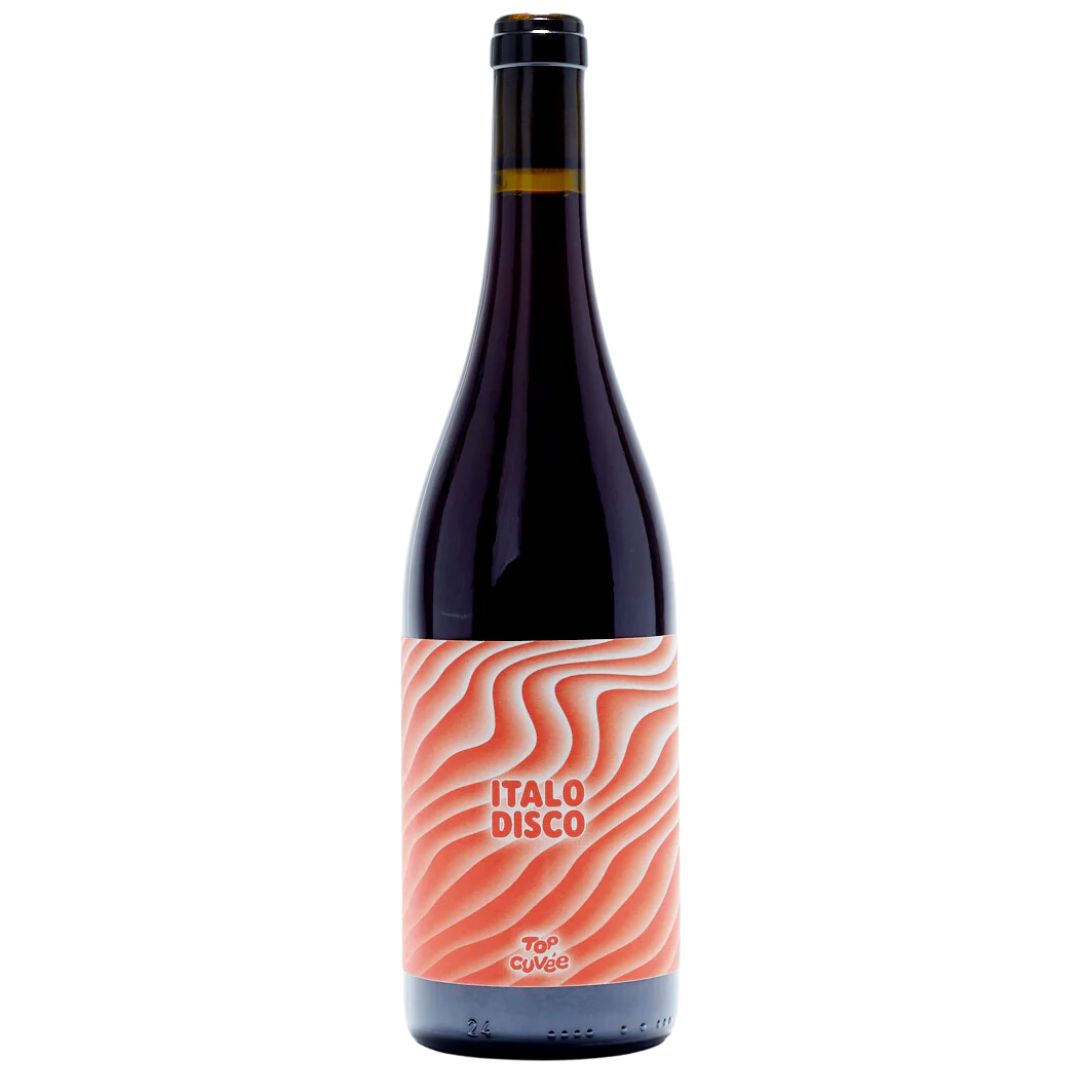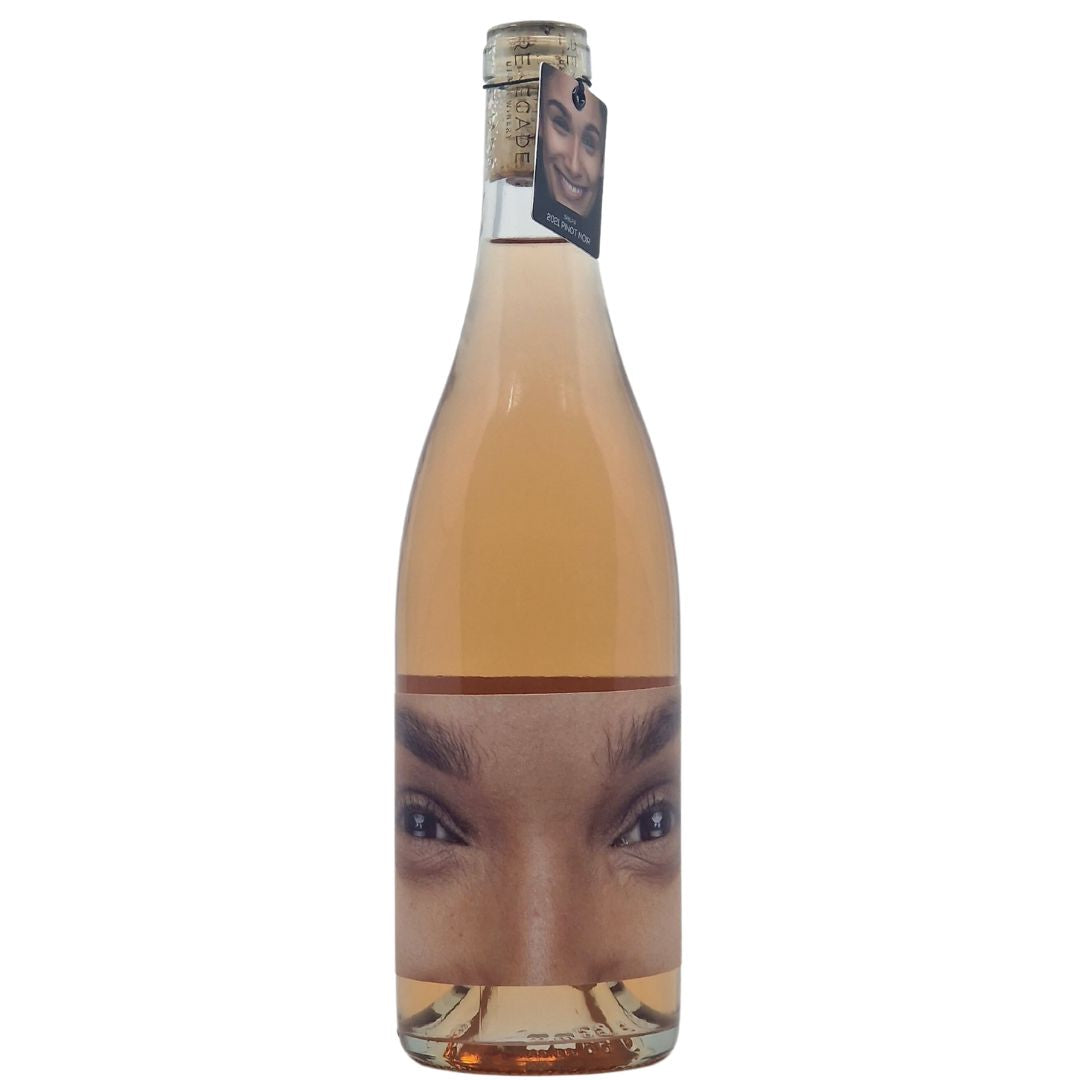What Is a New World Wine?

A New World wine refers to wines produced in regions outside of Europe that have a more recent history of winemaking compared to the traditional Old World wine regions. The term "New World" typically encompasses wine-producing countries in the Americas (North, Central, and South), Australia, New Zealand, and South Africa.
New World wines are often characterized by their innovation, experimentation, and more flexible regulations compared to the strict traditions of the Old World. Winemakers in New World regions have been known to embrace modern techniques, use a wider range of grape varieties, and adopt innovative approaches to winemaking.
Here are some notable New World wine regions and their characteristics:
- United States: Known for regions such as California (Napa Valley, Sonoma), Oregon (Willamette Valley), and Washington State (Columbia Valley), producing a diverse range of wines, including Cabernet Sauvignon, Chardonnay, Pinot Noir, and Zinfandel.
- Australia: Famous for regions like Barossa Valley, Margaret River, and Hunter Valley, producing wines such as Shiraz, Cabernet Sauvignon, Chardonnay, and Riesling.
- New Zealand: Known for its Marlborough region, which produces world-renowned Sauvignon Blanc, as well as other regions like Central Otago (Pinot Noir) and Hawke's Bay (Merlot, Cabernet Sauvignon).
- South Africa: Famous for regions like Stellenbosch and Swartland, producing wines such as Chenin Blanc, Syrah, and Pinotage.
- Chile and Argentina: Known for their robust red wines, including Malbec (Argentina) and Carménère (Chile), as well as Cabernet Sauvignon and Chardonnay.
New World wines often offer fruit-forward flavours, ripe tannins, and a sense of terroir unique to their respective regions. The New World's focus on approachability and consumer-friendly styles has contributed to their popularity among wine enthusiasts around the world. Check out our range of new world wines here












